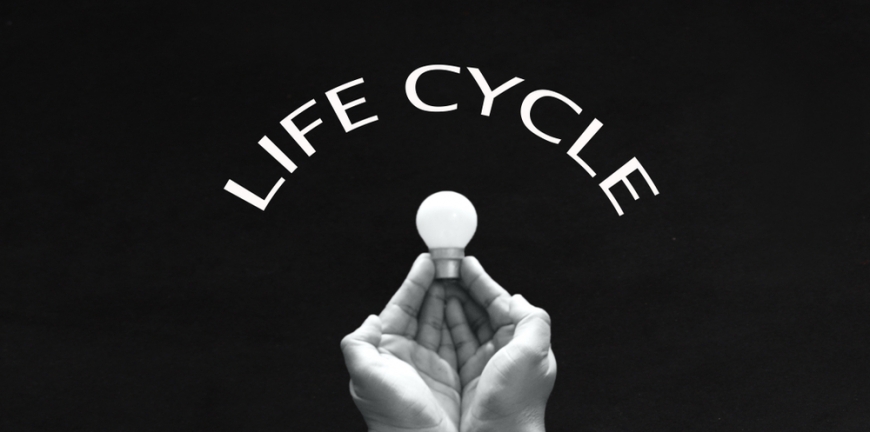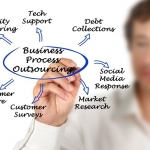
A Model for Growth in Markets
Product Lifecycle
All products, brands, and service models go through a similar progression referred to as a lifecycle. While the progression is generally represented in terms of tangible goods, it is equally applicable to any thing or phenomena subject to public opinion. Humans are predictable beasts, and their tendency to grow disillusioned and cynical about everything is fairly well documented. Managers and business owners often classify this progression as six distinct stages, including development, introduction, growth, maturity, saturation, and decline. Each phase represents unique threats and opportunities that a manager can focus on in order to increase profitability.
1. Development
2. Introduction
3. Growth
4. Maturity
5. Saturation
6. Decline
Development
The development phase tends to be mostly an internal process. However, preliminary studies and focus groups are commonly used to fine-tune a product or service. Input from consumers, managers, engineers, and myriad other resources in this phase can result in a well-polished product or service when it comes time to make the initial introduction to the market. During development, brainstorming is used to predict outcomes, identify obstacles, and formulate plans to either offset or leverage strategic elements.
Introduction
Once a product has gone through the development phase, the next logical step is its introduction to the market. Businesses often introduce their products with fanfare and expanded advertising budgets that help them to build a buzz before sales are even possible. Some businesses take the other route, though, and opt for soft openings that attempt to gauge public reception in order to minimize marketing waste and better identify profitable target markets.
Growth
The growth phase comes once a product or service becomes popular. Even with the best of planning, most organizations are not really prepared to deal with the increase in patronage that comes with entering this stage. Most businesses find themselves in a scramble to hire enough talent and to source enough raw resources to take advantage of an explosion in positive public reception. Forgoing further brand development due to minimized impact of competition can be tempting. However, this is the time when a business’s long-term success is either won or lost, and strategic planning should include building positive associations with consumers.
Maturity
The Maturity phase is what happens when the dust clears from seemingly uncontrollable growth. Competitors and copycats represent the greatest threat, but opportunities for long-term success present themselves as well. Market leader status can be leveraged to build loyalty to your brand and can also minimize the impact of market entrants with competitive advantages. Growth still occurs during maturity, though it is at a much slower pace than earlier in the life cycle.
Saturation
There comes a day when every business reaches saturation. At that point, virtually everyone knows about your business, and any added consumption tends to trend with population growth. All profitable market segments have been exploited, and threats from competitors become the primary focus of operations. Stymied growth and flat profits are a warning that decline is imminent.
Decline
As gloomy as the decline phase may sound at the outset, it actually represents an opportunity. During the decline phase, businesses and their brands can go through a re-envisioning process. Drastic changes are made to re-start the lifecycle in order to reap the benefits of growth again. Most businesses fail in this re-birth, but those that succeed are generally better prepared for the growth phase and lack many of the cash flow and production limitations that exist with new startups.
In Conclusion
Identifying where your business stands relative to the product lifecycle is the first step towards harnessing the great potential that public reception can bring. Awareness of the product development lifecycle can be the difference between a flash in the pan and a mainstay of material culture. Management tactics have been developed to get the most out of each phase, but there is nothing stopping you from coming up with innovative new approaches to drive a return on investment at any stage.



